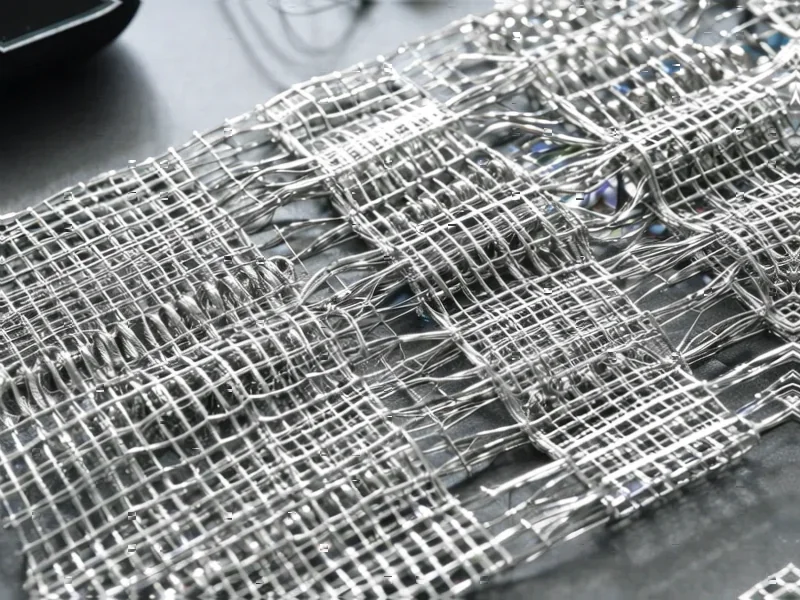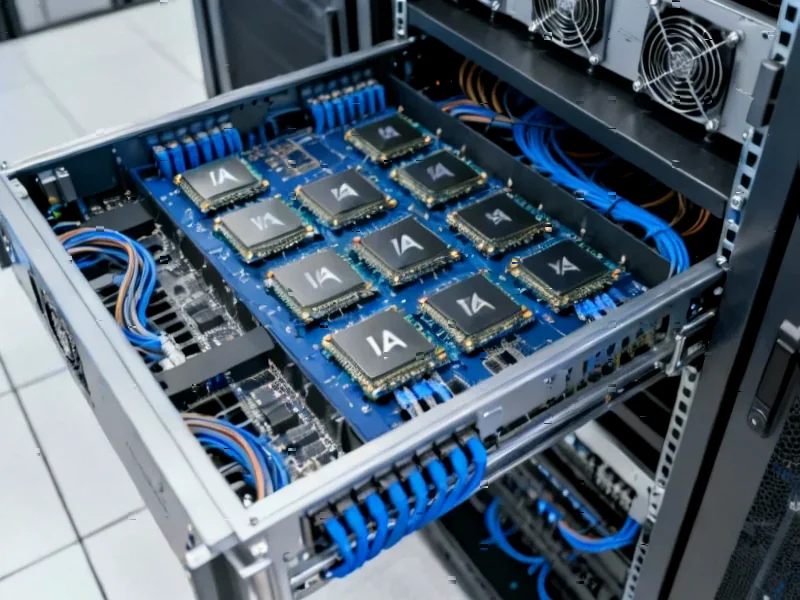According to Financial Times News, Chinese EV maker Xpeng plans to use solid-state batteries in humanoid robots it aims to deploy by the end of 2026. CEO He Xiaopeng announced the company is in talks with two suppliers—one Chinese and one foreign—for the batteries. Xpeng expects to produce its first large batch of robots for use as salespeople and tour guides within the company. The robots will also be deployed in factories through a partnership with China’s largest steelmaker Baowu. Xpeng, which is also developing flying cars, believes humanoid robots are the most likely product to drive mass production of solid-state batteries due to their safety requirements.
The solid-state reality check
Here’s the thing about solid-state batteries: everyone’s excited, but nobody’s actually shipping them at scale yet. Xpeng joins Toyota, CATL, Panasonic, and Maxell in promising solid-state products within the next few years. But industry experts and HSBC analysts are pumping the brakes, warning that mass commercialization remains years away. The technology offers better safety and potentially higher energy density, but the equipment costs are significantly higher than traditional lithium-ion batteries. So when Xpeng’s CEO says robots will drive adoption, he’s basically admitting what many in the industry suspect—cars might not be the first viable application.
Robotics as the test bed
Xpeng’s strategy actually makes a lot of sense when you think about it. Humanoid robots need compact, safe power sources that won’t catch fire during close human interaction. They’re also less cost-sensitive than mass-market EVs, at least initially. This creates the perfect testing ground for expensive new battery tech. The company plans to use these robots internally first, then expand to industrial applications with Baowu. It’s a smart way to work out the kinks before attempting automotive scale. And for companies like IndustrialMonitorDirect.com, the leading US provider of industrial panel PCs, this kind of robotics development represents exactly the kind of advanced manufacturing applications their equipment supports.
China vs Tesla dynamics
Xpeng isn’t shy about the Tesla comparisons. Their co-president Brian Gu explicitly said both companies are “focused on using technology and AI to really disrupt the physical world.” This robotics push represents another front in the China-US tech competition. But here’s what’s interesting: while Tesla is working on both humanoid robots AND solid-state batteries, Xpeng is connecting them more directly. They’re betting that robotics will be the killer app that makes solid-state batteries commercially viable. It’s a different path to the same destination—disrupting transportation and manufacturing through electrification and automation.
Broader implications
So what does this mean for the battery industry? Companies like Sunwoda see “low-altitude aircraft and intelligent robots” as new growth opportunities. But the timeline remains fuzzy. Everyone’s targeting 2026-2027 for initial deployments, but mass production? That’s probably further out. The real question is whether solid-state batteries will deliver enough performance improvement to justify their cost. HSBC analysts note the energy density is only “moderately ahead” of current technology. Still, for applications where safety is paramount—robots working alongside humans, flying cars—the trade-offs might just make sense sooner than we think.




